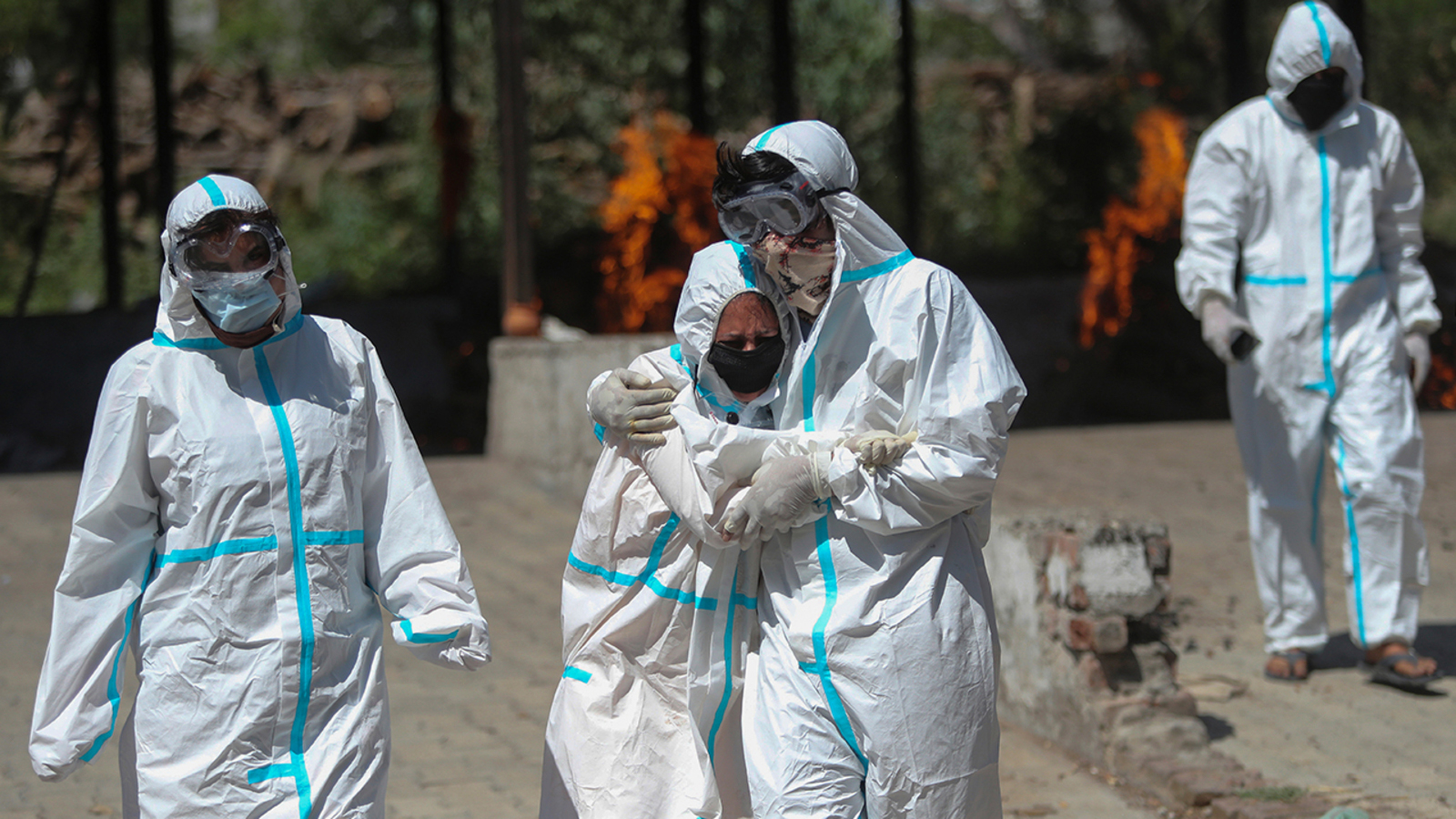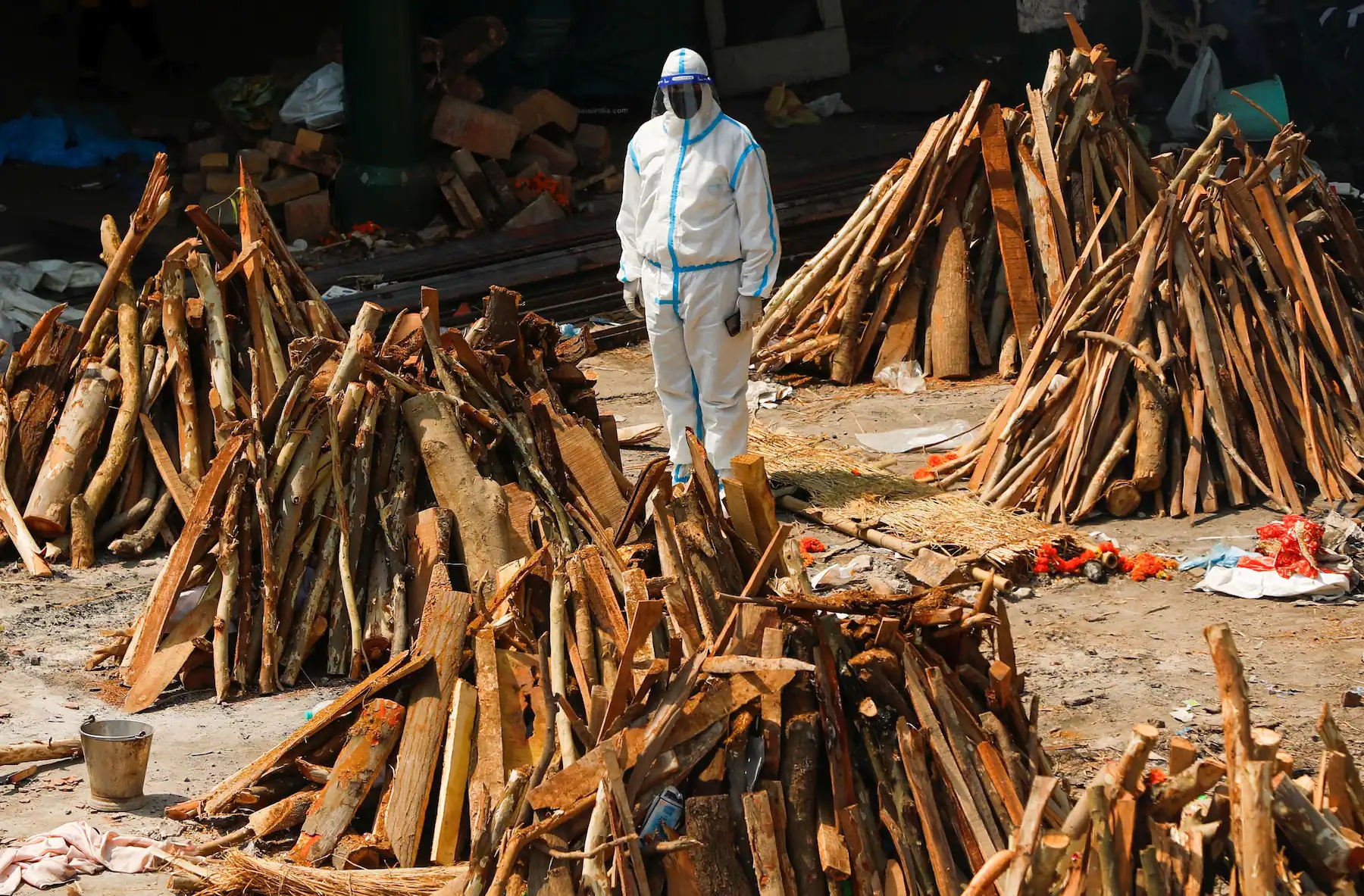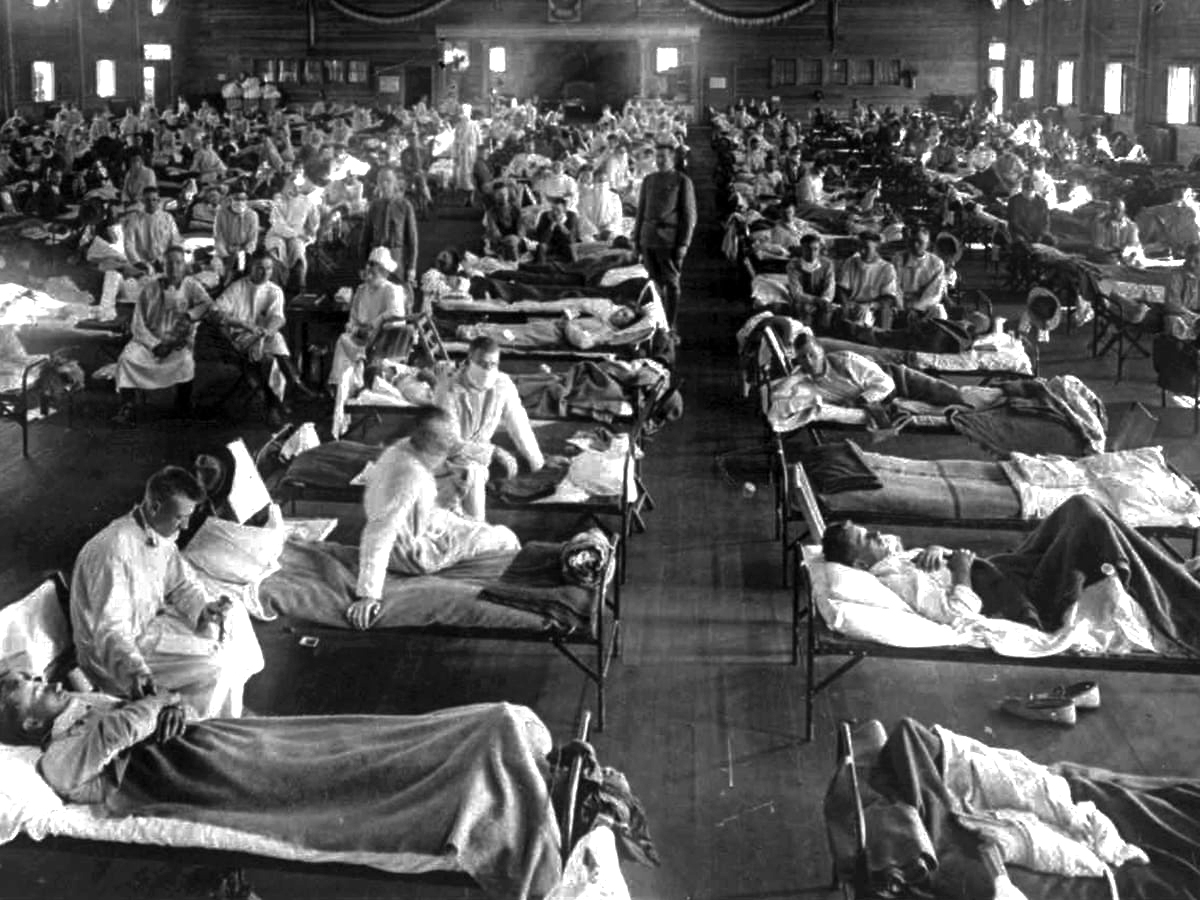The influenza pandemic of 1918, also known as ‘Spanish Flu’, was an unusually deadly pandemic that lasted from February 1918 to April 1920. Spanish flu infected 500 million people—about a third of the world’s population at that time. The estimated number of deaths ranging from 20 million to a possible high of 100 million makes it one of the deadliest pandemics in human history.
There are stories documented in the pages of history from the Spanish flu era (1918-20) from which we can learn a lesson or two. On 28 September 1918, the Liberty Loan Parade was organized in Philadelphia, US, to economically support the soldiers who fought in World War I. Intellectuals opposed the event. They were of the opinion that as the Spanish flu was still going strong, a crowded event may result in a new disaster. Ignoring such objections, local administration allowed the event. It was a matter of patriotism, so more than 200,000 people gathered. What followed was along the expected lines. Within the next few days, 47,000 fresh cases were reported and 12,000 people lost their lives. In October 1918, over 195,000 people had lost lives in the US alone.
The tragic Indian chapter
Spanish flu struck India at the same time and 10-20 million people, then three-six percent of the population, had died. The major damage was caused in a short period from June 1918 to early 1919. The second wave lasted for less than three months—but was most devastating.
A worker at the cremation ground in Delhi said that they were doing 25-plus cremations a day at the time.
One of the famous Hindi poet and writer of that era, Suryakant Tripathi Nirala, wrote a book based on his personal experience of the 1918 pandemic. The writer famously known as ‘Nirala’ received a telegram message that read “Come back urgently, your wife is seriously ill”. The writer was in Bengal (province in East India) and he took the next train to his hometown in Uttar Pradesh. When Nirala reached his hometown on the banks of river Ganga, he observed that ‘the River Ganga was swollen with bodies’. By the time he reached home, his teenage wife was already dead. In the days to follow, all other family members got the infection and died. Reports from government documents had made similar observation that “all rivers across India were clogged with bodies because of shortage of firewood for cremation.”
History is repeating itself
Looking at images and reports in Indian media this week, it seems nothing has changed even after a century. Locals in Buxar district of Bihar province reported about floating dead bodies in River Ganga on May 9. Similar was the sight in Ghazipur district in Uttar Pradesh province the very next day. Local administrations performed the last rights and are investigating the cases.
The bodies are suspected to be those of Covid-19 patients who were dumped in the river, revealing the scale of Covid emergency in India. Locals said, following the Hindu cremation rituals, people either burn their dead or immerse the bodies in the river. Due to the lack of firewood at the crematoriums owing to the rise in Covid-related deaths, the poor immersed them in the river.
These may be stray cases, but even isolated cases put a big question-mark on the progress of medical science and human development. Such incidents depict a real picture of the catastrophe this planet is going through at present.
Social media feeds are filled with videos of Covid funerals at crowded cemeteries, wailing relatives of the dead outside hospitals, long queues of ambulances carrying gasping patients, mortuaries overflowing with the dead, and patients, sometimes two to a bed, in corridors and lobbies of hospitals.
What went wrong?
In early March, politicians and parts of the media believed that India was truly out of the woods. While customary guidance on Covid-appropriate behavior was issued, it was policymakers and elected leaders who tacitly encouraged crowding in festivals, election rallies and religious congregations.
The second wave of Covid-19 had come a few months after the second wave in other countries; there was no reason to believe it would be any different in India or in any other country.
Close to 100 million died in 1918 Influenza Pandemic. Photo: The Gurdian
More than ventilators and ICU beds, what was essential was an adequate supply of oxygen in hospitals to treat critically-ill patients. Nonetheless, when the second wave arrived, India’s medical oxygen supply network collapsed.
Availability of hospital beds was nowhere close to meeting the sudden demand. WHO standard is 30 hospital beds per 10,000 people; India has only 5.3, much less compared to even smaller countries like New Zealand (25.7) and South Korea (124). Nepal has three hospital beds available per 10,000 people, which is way below WHO standards. India and Nepal, both South Asian countries, need to increase the numbers.
India recorded a worrying test positivity ratio (TPR) of 22.36 percent in the end of second week of May, way above the 5 percent TPR needed to control the pandemic. But India’s testing numbers seem to be dipping instead of keeping pace with the rate of transmission.
Battle is far from over
Experts are raising concerns that inoculation is not helping turn the tide in some places. Of the Seychelles, Israel, the UAE, Chile and Bahrain—the world’s five most vaccinated countries, in that order—only Israel is not fighting to contain a dangerous surge in Covid-19 infections.
Seychelles, which has vaccinated more of its population against Covid-19 than any other country, saw active cases more than double in the end of first week of May.
 Cremation grounds in Delhi saw over 700 ‘Covid cremations’ in a day.
Cremation grounds in Delhi saw over 700 ‘Covid cremations’ in a day.
In the Maldives, where over 35 percent of the population had received two shots, is also struggling with rising number of new cases, which jumped to 12,000 plus on May 12.
The world is at war with Covid; more than 3 million people have lost their lives so far. But while some countries move forward with vaccination campaigns and business reopening, a resurgence in India and South America is a stark reminder of the pandemic’s severe and ongoing toll. Society’s staggered return towards “normal” also begs the question of what we will learn when this once-in-a-century pandemic is finally over and how the three million lives lost (and counting) will be remembered.
The author is former senior editor of The Times of India group and writes for Annapurna Express. He is based in New Delhi













